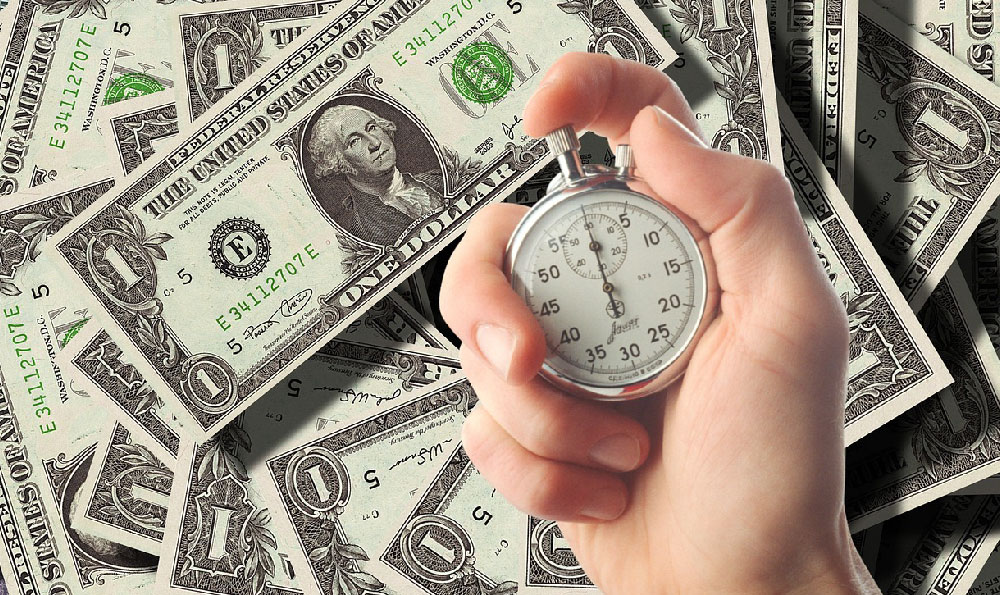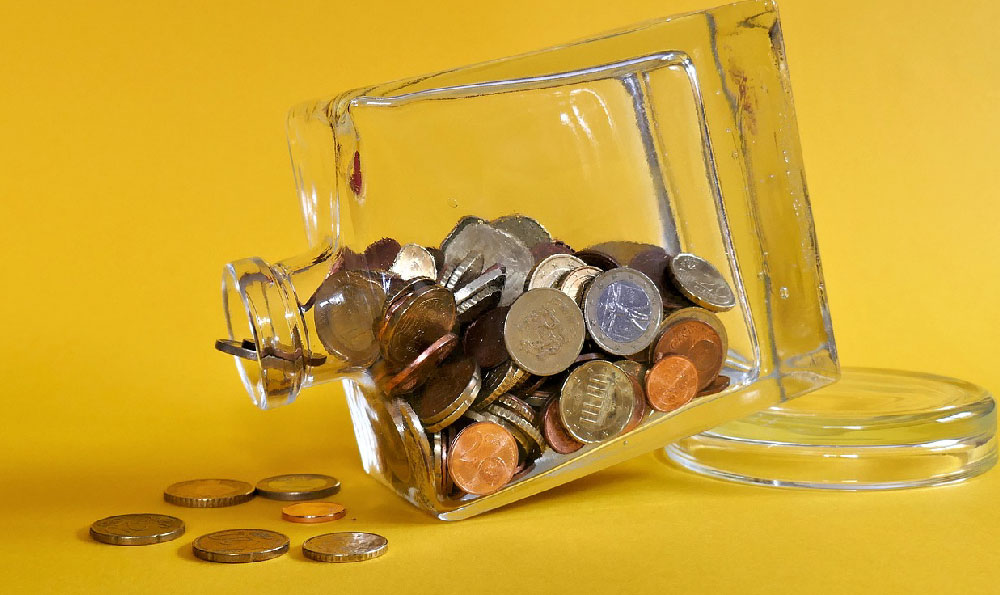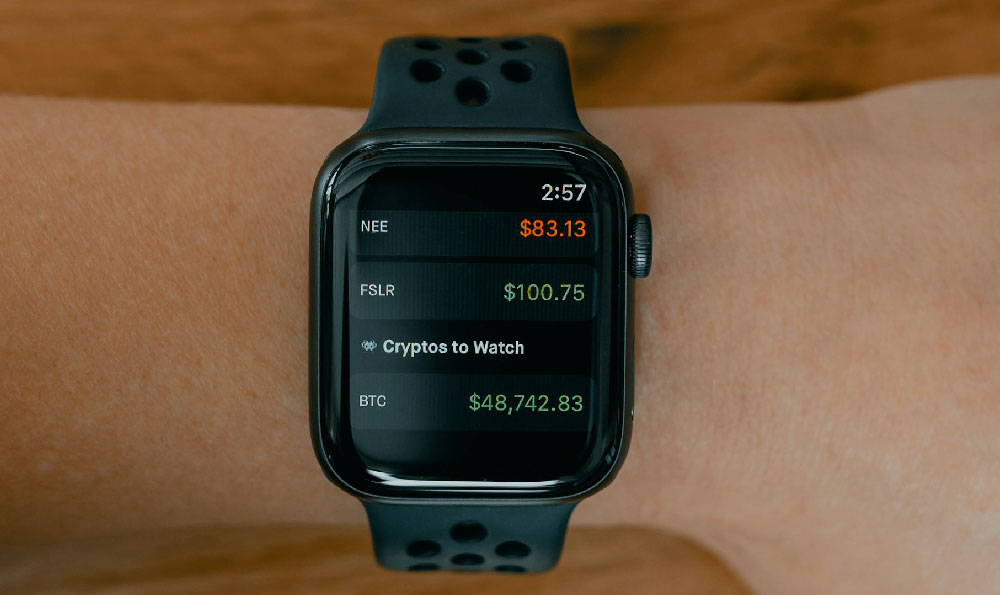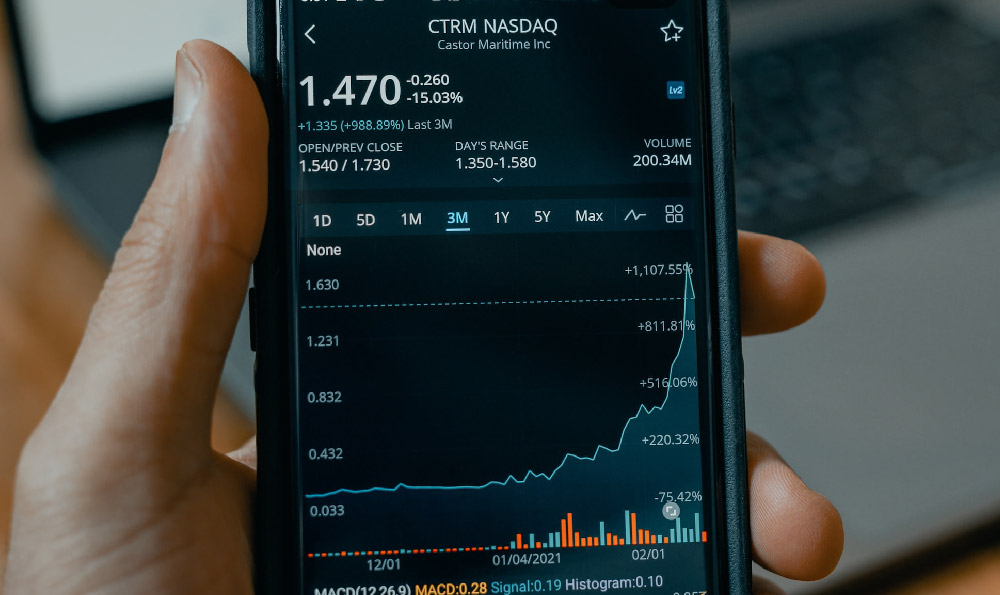The shimmering pom-poms, the synchronized moves, the unwavering enthusiasm – NFL cheerleaders are an integral part of the electrifying atmosphere of professional football. They represent the energy and spirit of their teams, captivating audiences and boosting morale. However, behind the smiles and flawless routines lies a complex reality, particularly when it comes to their compensation. The question of how much NFL cheerleaders earn and what constitutes their salary has been a subject of debate, scrutiny, and sometimes, even litigation.
Understanding the financial landscape for NFL cheerleaders requires acknowledging that they are typically classified as independent contractors, not full-time employees. This classification has significant implications for their earnings and benefits. Unlike players who are represented by a powerful union and negotiate collective bargaining agreements, cheerleaders often operate under individual contracts with the team, leaving them with limited bargaining power.
The base salary for an NFL cheerleader is notoriously low. Many cheerleaders have reported earning minimum wage or even less, especially when considering the extensive time commitment required for rehearsals, performances, appearances, and travel. Specific figures vary depending on the team and the number of games and appearances, but it's not uncommon for a cheerleader to earn a few hundred dollars per game. Some estimate that annual earnings before taxes can range from a few thousand dollars to a little over ten thousand dollars. This stark contrast to the multi-million dollar salaries of NFL players underscores the significant disparity in compensation within the league.

The issue of compensation has sparked several lawsuits against NFL teams. Cheerleaders have argued that they are effectively employees and should be paid minimum wage and overtime, as well as receive reimbursement for expenses incurred while performing their duties. These lawsuits have brought attention to the working conditions and financial realities faced by these performers. In some cases, settlements have been reached, leading to increased pay and better working conditions for cheerleaders.
Beyond the base salary, there are other potential sources of income for NFL cheerleaders. They may receive appearance fees for attending promotional events, charity functions, and corporate gatherings. These fees can vary widely depending on the event and the cheerleader's role. Some teams also offer bonuses or stipends for travel expenses or uniform maintenance. However, these additional income streams are often limited and may not significantly offset the low base salary.
It's important to consider the expenses that cheerleaders incur as part of their job. They may be responsible for purchasing their own makeup, hairstyling products, and workout gear. They often spend considerable time and money on maintaining their physical fitness and appearance. Travel to games and appearances can also incur expenses, such as gas, parking, and meals. These expenses can eat into their already limited earnings, making it even more challenging to make ends meet.
The commitment required to be an NFL cheerleader is significant. In addition to attending all games, cheerleaders typically rehearse several times a week for hours at a time. They also participate in community events and appearances, representing the team and interacting with fans. The demanding schedule can make it difficult for cheerleaders to hold full-time jobs or pursue other educational opportunities. This commitment is often undertaken for the love of the sport and the passion for performing, rather than for financial gain.
The issue of cheerleader compensation raises broader questions about the value and recognition of these performers within the NFL ecosystem. While they contribute significantly to the fan experience and the overall entertainment value of the games, their financial compensation often does not reflect their contributions. The classification of cheerleaders as independent contractors allows teams to avoid providing them with benefits such as health insurance, retirement plans, and paid time off.
The ongoing debate about cheerleader compensation has led to some positive changes in recent years. Some teams have increased their pay and benefits, recognizing the need to better compensate these performers for their hard work and dedication. There has also been a growing awareness of the importance of fair labor practices and the need to protect the rights of cheerleaders.
Looking ahead, it's likely that the issue of NFL cheerleader compensation will continue to be a topic of discussion and debate. The legal challenges and public scrutiny have put pressure on teams to address the concerns of cheerleaders and ensure that they are fairly compensated for their services. A potential shift towards classifying cheerleaders as employees could lead to significant improvements in their pay and benefits.
Ultimately, understanding the earnings of NFL cheerleaders requires acknowledging the complexities of their employment status, the challenges they face, and the ongoing efforts to improve their working conditions and financial well-being. While the glitz and glamour of the sidelines may create an illusion of financial prosperity, the reality is that most NFL cheerleaders are working hard for relatively little pay, driven by their passion for performing and their love of the game. Their dedication and commitment deserve greater recognition and fair compensation. The conversation surrounding their salaries is not just about money; it's about recognizing the value of their contribution to the NFL and ensuring that they are treated with the respect and dignity they deserve. The evolving landscape suggests a slow but steady movement towards fairer compensation and better working conditions, reflecting a growing awareness of the dedication and hard work that goes into being an NFL cheerleader.












